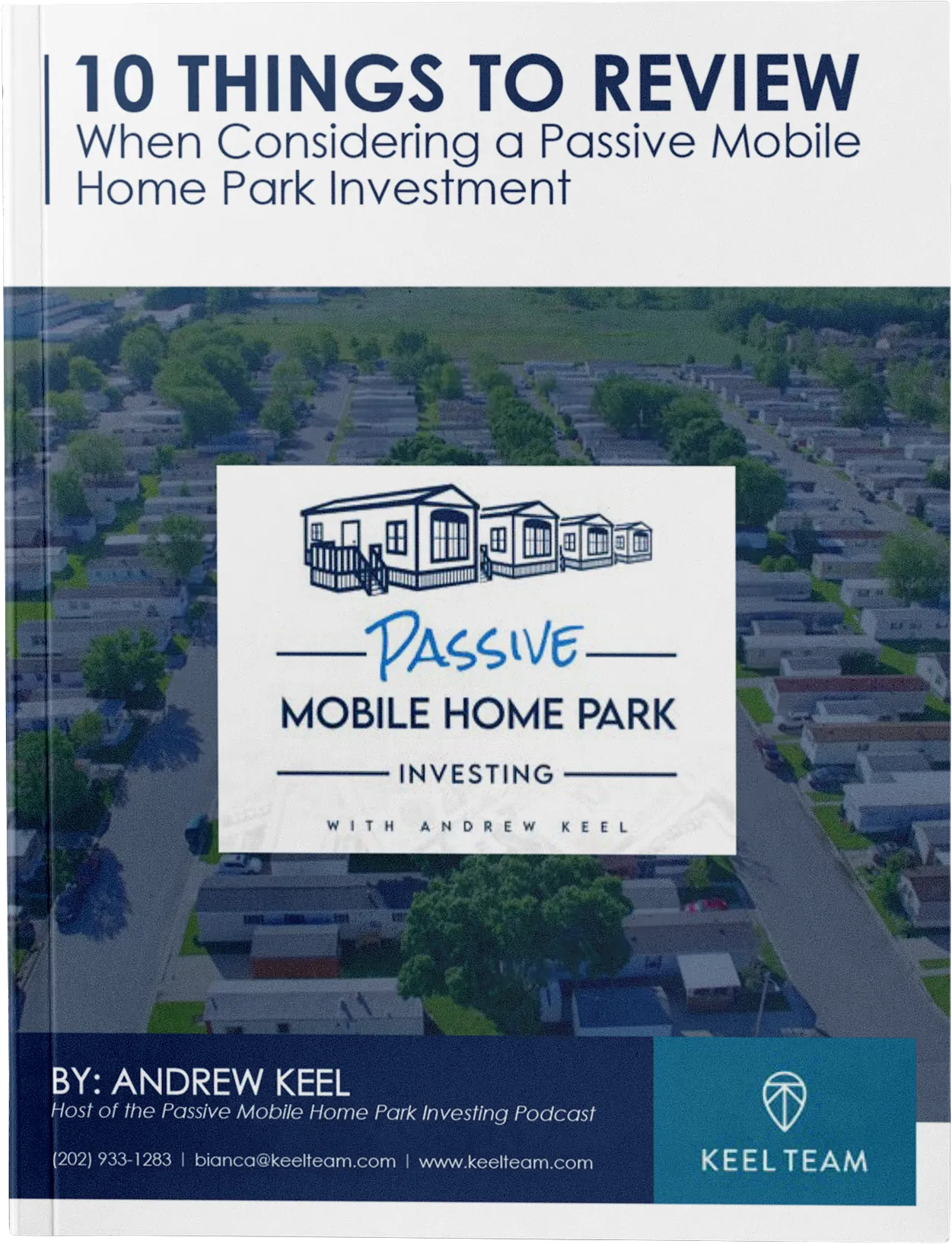Introduction to Mobile Home Park Investing: Infill Opportunities
Mobile home park investing typically offer unique opportunities, particularly through the process of infilling vacant lots. This method not only has the potential to maximize land use but likely boosts revenue potential. Despite its possible benefits, the infill process can be intricate, involving substantial logistical challenges that may require strategic planning and execution.

Understanding the Vacant Lot Infill Process in Mobile Home Park Investing
Infilling mobile home parks involves integrating new or used mobile homes into vacant lots within the property. This strategy is essential for potentially optimizing occupancy and increasing the asset’s overall value. However, the process is not as straightforward as it may appear; it often demands a deep understanding of market demands, the specific needs of the community, and the logistical nuances of mobile home installation.
Evaluating and Preparing Vacant Lots
One of the first steps in the infill process is the thorough evaluation of vacant lots. Investors must assess the existing infrastructure, such as utilities and lot size, to ensure compatibility with the mobile homes they plan to install. Meticulous due diligence often results in avoiding costly mistakes. Evaluating lots properly helps determine the feasibility of using them for infill and guides investment decisions on the types of mobile homes that can be accommodated.
Sourcing Mobile Homes for Infill
Finding suitable mobile homes to place on vacant lots is a critical step. The choice between new and used homes impacts both the cost and the infill timeline. Used homes often provide a cost-effective solution, but sourcing them can be challenging and requires a solid network of dealers and transporters. Strategies like networking with mobile home dealers, utilizing repo lists, and engaging local transporters to find quality used homes may help in this area. For new homes, partnerships with manufacturers like Legacy Housing can help streamline the process, though they generally involve higher upfront costs.
Download our FREE eBook on the “Top 20 Things I’ve Learned from Mobile Home Park Investing“.
By Andrew Keel

Installation and Logistical Challenges
The physical process of moving and installing homes on vacant lots is laden with potential obstacles. Logistics, such as transportation and setup, must be meticulously managed. Investing in a ‘toter’ truck to facilitate the transport and installation of homes could help control timelines and reduce reliance on third-party services. This level of control is likely crucial for meeting infill targets and managing the overall project timeline effectively.
Financial Considerations and Potential Returns
The financial aspect of vacant lot infill involves careful budgeting and financial planning. The costs of purchasing, transporting, and installing homes must be weighed against the expected increase in revenue from higher occupancy. Financing strategies might include raising equity, utilizing bank loans, or leveraging partnerships with manufacturers for better terms on new homes. Accurately projecting these costs and potential returns is vital for the potential success of the infill project.
Conclusion: Mobile Home Park Investing: Possible Value Enhancement Through Infill
Successfully infilling vacant lots in mobile home parks can potentially enhance the property’s value and increase revenue. While the process presents challenges, including logistical and financial hurdles, the potential returns can justify the effort. Investors often demonstrate that with thorough planning, a good network, and control over logistics, vacant lot infill can possibly be a highly profitable strategy in mobile home park investing.
Through strategic infill, investors not only optimize the use of land but also contribute to the improvement of the community by providing more housing options. As the mobile home park asset class continues to grow in popularity among real estate investors, understanding the infill process will likely be a key skill for those looking to potentially maximize their returns in this niche market.

Check out Expert Mobile Home Park Investing Tips, as Andrew Keel deep dives into the top ways to potentially increase the operational efficiency of a mobile home park investment. Reach out to us below to get in touch with Keel Team!
Disclaimer:
The information provided is for informational purposes only and should not be considered investment advice, nor a guarantee of any kind. There are no guarantees of profitability, and all investment decisions should be made based on individual research and consultation with registered financial and legal professionals. We are not registered financial or legal professionals and do not provide personalized investment recommendations.

